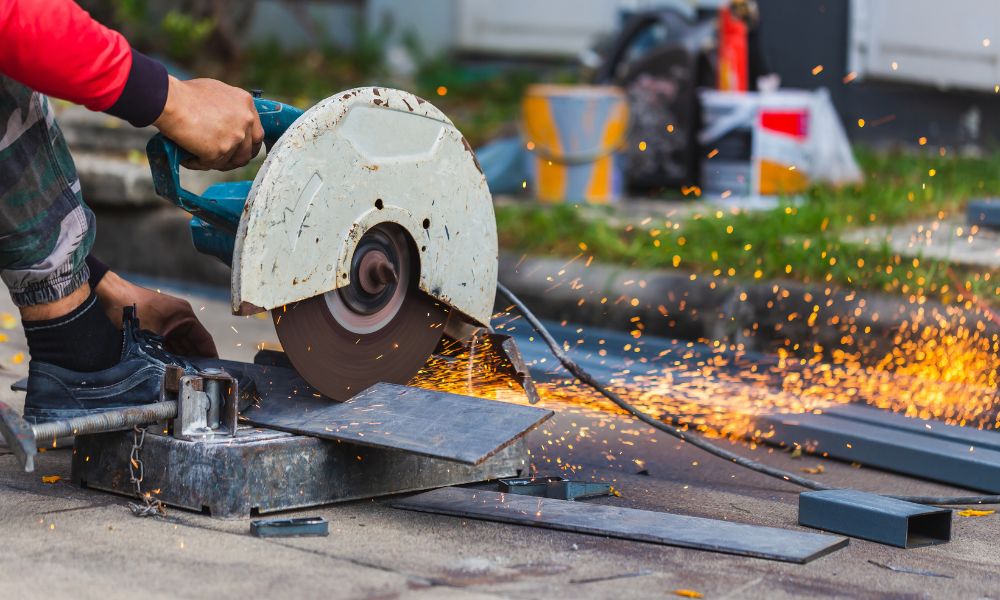
Ferrous vs. Nonferrous Metals: How Do They Differ?
Metal is a durable material used for various purposes, from construction to manufacturing. Although standard options such as aluminum and steel belong to the metal family, both come from separate groups known as ferrous and nonferrous metals. Learn how ferrous and nonferrous metals differ here.
Ferrous Metals
Ferrous metals are known for their iron content. This characteristic imbues them with notable strength and durability, making them the backbones of the construction and manufacturing industries. The presence of iron also means that most ferrous metals are magnetic. Examples of ferrous metals include steel, cast iron, and wrought iron.
Due to their strength and ability to withstand extreme temperatures, industries such as construction rely on ferrous metals for constructing buildings, bridges, and infrastructure.
Nonferrous Metals
Unlike ferrous metals, nonferrous metals do not contain iron, which generally results in a lighter weight, resistance to rust and corrosion, and nonmagnetic properties. These characteristics make nonferrous metals ideal for applications where weight and resistance to corrosion are critical factors. For example, lighter metals are ideal for laptops or tablets. Examples of nonferrous metals include aluminum, copper, and brass.
Industries such as aerospace, automotive, and electronics rely heavily on nonferrous metals for their products.
Pro Tip
At Cold Saw Shop, you can buy saw blades for cutting aluminum. We have many options available that you can run at high RPMs for clean, efficient cuts.
Choosing the Best Saw Blades for Cutting Metal
The type of saw blade you use in cutting applications for ferrous versus nonferrous metals is crucial. Although there are various types of saw blades, using circle blades for cutting metal is best. More specifically, high-speed steel or carbide-tipped blades are the best options.
As you shop for a blade, carefully consider the product specifications and make sure the blade can cut the metal you’re working with. A high-speed steel blade may not automatically work for every type of metal. Specifications for ferrous versus nonferrous metals vary.
Pro Tip
If you’re shopping online, filter your blade search based on the exact metal you’ll be cutting. Although stainless steel and steel are both ferrous metals, you cannot use a blade designed for steel if you need to cut stainless steel.
Cold Saw Shop sells numerous high-end blades for ferrous and nonferrous metals. We design our blades for accuracy and longevity, resulting in smooth cuts. Order the circle saw blades you need to optimize your workshop.